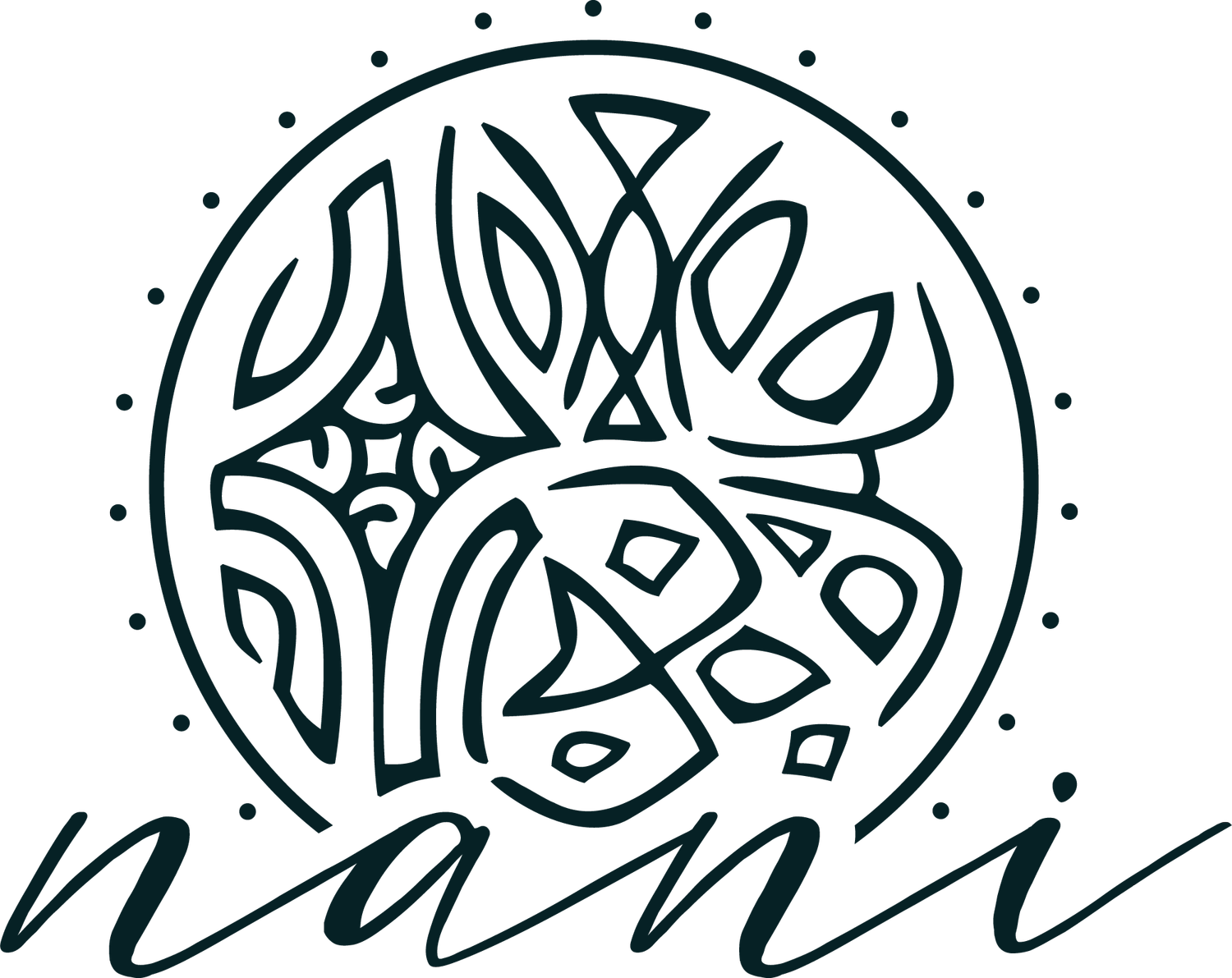French Polynesian Archipelagoes
The 121 islands that make up French Polynesia are tiny, very tiny. Think about Tahiti, for instance : you could easily drive around the entire island in less than two hours. Yet, these little South Pacific gems are scattered across a mind-blowing five million square kilometers, an area roughly the size of Western Europe ! As a result, our islands—neatly divided into five distinct archipelagoes—boast an impressive diversity.
The Society Islands
The most famous Polynesian archipelago is the Society Islands group. Tahiti, Moorea, and Bora-Bora, as well as Raiatea, Taha’a, or Maupiti, are all part of it. If these islands are often enjoyed by tourists, they are also populated by locals. In fact, 70% of the French Polynesian population lives in the Society Islands.
The peculiarity of the Society Islands comes from their evolutionary stage. They are young enough for their mountain peaks to feature dramatic silhouettes, and yet, old enough to have grown a barrier reef all around, protecting them from the force of the Ocean and fostering turquoise lagoon ecosystems. Yes, the Society Islands really have it all !
The Marquesas Islands
The archipelago that possesses the most mysticism in French Polynesia is the Marquesas. These islands, located at the Northern end of the country, are made up of majestic mountains, rugged cliffs, and deep valleys. Bountiful islands such as Nuku Hiva, Hiva Oa or Fatu Hiva are also freshwater heavens with rivers and waterfalls around every corner. Unlike most Polynesian Islands, the Marquesas haven't developed an outer-barrier reef, which means that sand beaches aren't as common.
The Marquesan culture is one of the most vibrant in the Polynesian world. Their archaeological sites are impressive, their craft-making is masterful, their food is fresh, complex, and varied, and their sense of identity is truly unmatched.
The Tuamotu Islands
The Tuamotu Islands are the epitome of the Polynesian Blue Dream. The oldest archipelago in all of French Polynesia, these islands have sunk to the point of becoming low-lying coral atolls. Atolls are characterized by their wide inner lagoon circled by a ring of coral, usually stable and wide enough for humans and plants to settle. Outside lies the open Ocean.
Since mountains are nonexistent, and freshwater is extremely scarce, life on Tuamotu is all about what's under the sea. Tuamotu people are renowned fishermen and divers; they are skilled in elevating seashells into pieces of art, and coconut trees are their ultimate staple. Shallow and crystal-clear waters make it the perfect environment for pearl farming.
The Australes Islands
The Australes Islands, located at the Southeastern corner of French Polynesia, is one of the most authentic regions of the country. It's hard to believe that five islands could exhibit so much variety.
Tubuai and Raivavae, with their immense turquoise lagoons, are what Bora Bora used to be before tourism took over. Rurutu and Rimatara are raised atolls, a rare geological occurrence where tectonic plates have lifted a coral atoll above sea level, exposing caves and limestone cliffs. Rapa, small, remote, and so cold that coconut trees won't grow, is a high volcanic island with an impressive level of endemism. What unifies the Australes is its culture, one where ancient traditions are still being practiced, and agriculture is central. Mamas from the Australes are celebrated for their weaving skills.
The Gambier Islands
The Gambier Islands group is one of the lesser-known Polynesian archipelagoes, often merged with the Tuamotu Islands. Yet, it completely stands out thanks to its unique environment and culture.
Located at the Southwestern end of the country, the Gambier Islands are much cooler than the rest of French Polynesia. Temperatures during winter are chilly, to say the least. Aerial images neatly reveal that the Gambier is composed of a handful of islands that actually used to be one large, individual island. As a result, the geography of this small archipelago is eclectic: lush peaks, sharp cliffs, sandbars, small islets, and more. Cool, shallow, and nutrient-rich waters make the Gambier the best place for pearl farming in French Polynesia.
